I accept VadaTech copyright information.
Home
Products
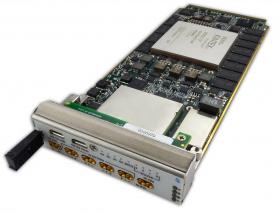
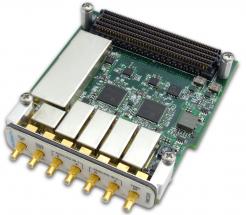
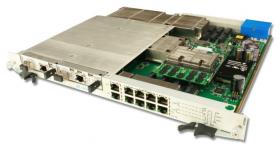
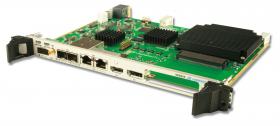
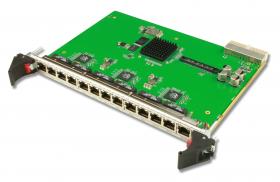
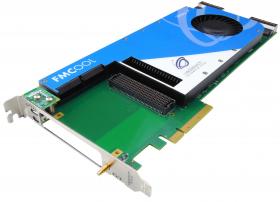
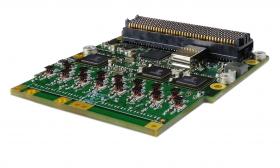
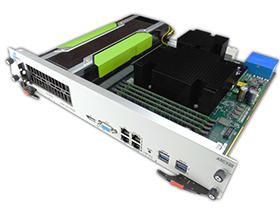
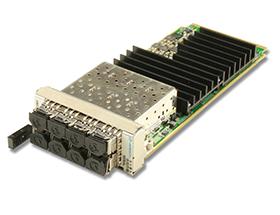
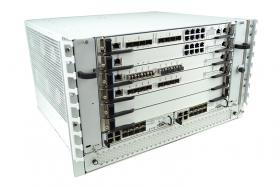
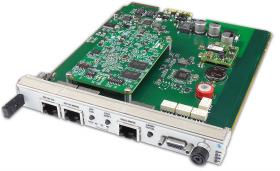
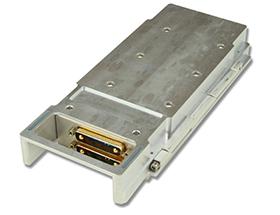
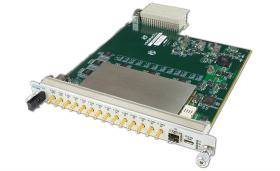
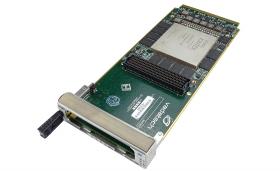
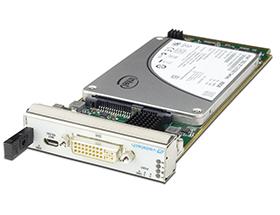
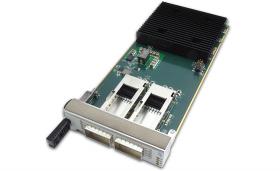
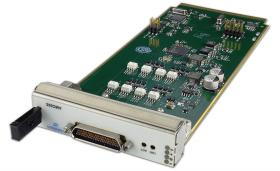
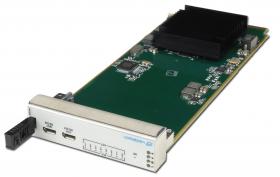
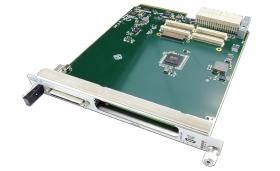
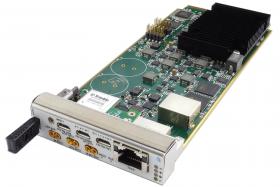
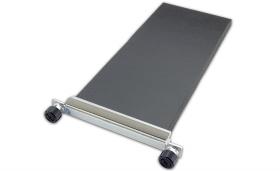
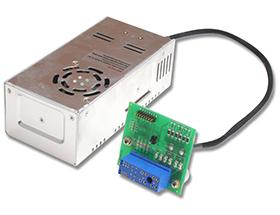
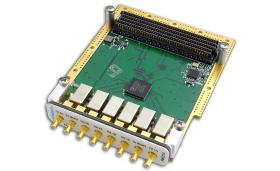
Newsroom
By Function























 |
I accept VadaTech copyright information.
Please enter your email registered at VadaTech and we will send you your password.
ScorpionWare™ is a VadaTech system management software application used to control, manage and monitor AdvancedTCA and MicroTCA platforms. It provides an easy to use graphical user interface with several features for monitoring, trouble shooting and easy integration of these platforms.
You can use our ScorpionWare software to access information about the current state of the Shelf or the Carrier, obtain information such as the FRU population, or monitor alarms, Power Management, current sensor values, and the overall health of the Shelf. The software GUI is very powerful, providing a virtual carrier and FRU construct for a simple, effective interface. For your convenience, you can register to view product updates for each applicable product page on our web site.
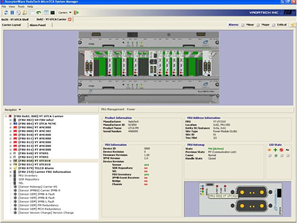
ScorpionWare® is a cross‐platform application written in QT. The application interfaces with any ATCA and MicroTCA platform management interface compliant management software using RMCP+ to establish a secure connection.
Download the ScorpionWare datasheet for more information.
VadaTech’s system management expertise extends to adding useful functionality to elements of the system, such as power modules, while remaining compliant to the MicroTCA specification. On example, which is not available in the VPX architecture and has limited capability under MicroTCA, is the interface and management of power modules using a simple command line interface (CLI).
VadaTech’s power modules feature interface screens that can display the status of the management power that supplies the power and load modules.
MicroTCA power modules are designed to operate in a MicroTCA chassis under the control of an MCH. However, VadaTech power modules can be configured to operate in autonomous mode, which enables you to power up the AMCs inside the chassis without an MCH.
VadaTech offers Shelf Manager solutions for ATCA and MicroTCA systems with a rich set of useful features. The ATCA and MicroTCA specifications related to Shelf Management include:
Platform management is one of the core functions that differentiate AdvancedTCA and MicroTCA from many of the other open embedded systems standards available. These standards were designed with platform management in mind from the beginning. The AdvancedTCA and MicroTCA specifications define intelligent components in the chassis such as Payload Modules, Power Entry Modules, and Fan Trays to a pair of centralized System Management controllers called Shelf Managers (ATCA) or MicroTCA Carrier Hubs (MCH).
The Shelf Managers/MCHs perform a variety of functions, from controlling the operation of blades or modules that are added or removed from the system to managing the fan speed to maintain proper cooling.
In the MicroTCA platform management hierarchy, the Carrier Manager sits below the Shelf Manager and responsible for the activation and management of the chassis modules such as the AMCs, Fan Trays and Power Modules.
The Shelf and Carrier Manager perform the following functions:
Electronic-Keying
A key function in ATCA and uTCA systems is e-keying, a management function that verifies the fabric compatibility between two FRU entities in the system before payload activation. It can be used to protect against incorrect insertion of a module within an incompatible type of fabric interface. The management software will refuse power to such boards that are found incompatible.
Power Budgeting
MicroTCA intelligent Power Modules are designed to operate in a MicroTCA chassis under the control of an MCH. VadaTech Power Modules provide power redundancy and failover within the MicroTCA Chassis. VadaTech Power Modules can be configured to operate in autonomous mode, which enables you to power up the AMCs inside the chassis without an MCH.
Additionally VadaTech MCH can be configured to activate chassis without an intelligent Power Modules. VadaTech MCHs can be used in such custom chassis without no Power Modules, but with direct power connections to AMCs and Fan Tray modules.
VadTech MCH perform power budgeting within the chassis, maintaining the total available power to consumption, monitor and refuse to power a board that does not meet the slot power requirement.
Our datasheets and user manuals provide more information on the options available and how to access and enable them. For more information, please contact one of our technical experts.
The Hardware Platform Management (HPM.x) specifications from PICMG augment the foundation HPM layer for ATCA, AMC and MicroTCA platforms as defined by hundreds of pages in the corresponding base and subsidiary specifications. Our Shelf Managers implement HPM.1, HPM.2 and HPM.3 as a key enabler for system performance monitoring, predictive maintenance, software upgrades in live systems, and event logging. These solutions also enable you to construct high availability systems, where individual subsystem failures can be detected and repaired using redundant resources.
You can read more information about MicroTCA platform management in the VadaTech MicroTCA Overview.
VadaTech’s MCH, AMCs and Power Modules provide interface to users for board configuration and monitoring of sensors, power and cooling. The CLI on the MCH allows for easy scripting and automation in a production or end user environment.
Simple Network Management Protocol (SNMP) is a standard protocol used for remote monitoring and configuration/management of IP enabled devices. SNMP manager is a popular management tool in the telecom industry and used pervasively to control and monitor a diverse set of equipment. VadaTech supports all SNMP versions (v1, v2C, v3) on its UTC002 and UTC004 MCHs and some network switches, such as the AMC229 and AMC249.
VadaTech supports Remote Management Control Protocol (RMCP) and RMCP. This functionality is also called IPMI over LAN. The RMCP+ is a UDP based protocol with strong authentication.
The VadaTech ViewTrace packet analyzer is a diagnostic tool for examining and generating IPMB traffic. Depending on the server configuration, ViewTrace can access bussed or radial IPMB-A/B and IPMB-L. It can parse messages defined by the IPMI, ATCA, AMC, MicroTCA and HPM standards. The accompanying Client software interprets and displays the IPMI and ATCA/MicroTCA messages, enabling rapid analysis and diagnosis of communication and protocol problems.
All our VadaTech ATCA Shelf Managers and MCH come with the IPMB bus analyzer as a standard offering.
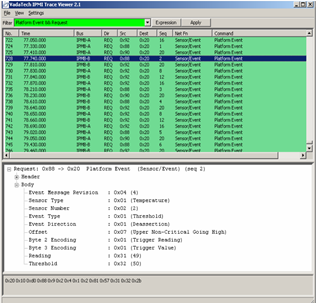
The ViewTrace reference manual is available to registered customers via a password-protected download. If you are a VadaTech customer and have not yet registered, please contact sales@vadatech.com to provide your VadaTech customer account information and receive access to our library of manuals.
The MicroTCA Specification covers N+1 power redundancy and VadaTech has extended this basic capability to include redundant and non-redundant channels in a power module. Our power modules can also be configured to operate in autonomous mode which enables you to power up the AMCs inside a chassis without an MCH.
Using a VadaTech MCH enables you to achieve “mixed redundancy” within your power subsystem without the need to add additional power modules, while retaining interoperability with other vendor power modules (that strictly meet the requirements of the MicroTCA Specification). Mixed redundancy is an intelligent, efficient, and cost-effective solution to achieve load sharing and PM redundancy developed by VadaTech.
Read more about VadaTech’s mixed redundancy approach and other power management innovations in the Power Module Redundancy White Paper.